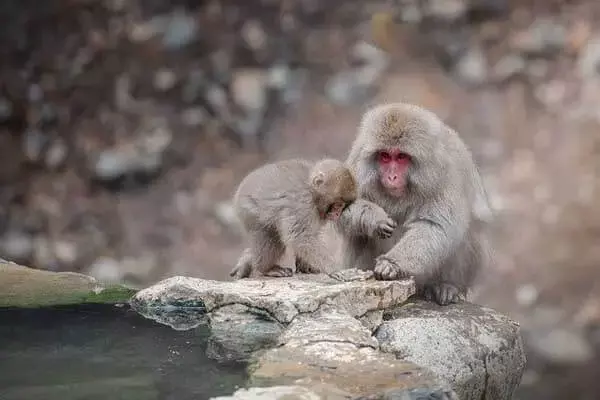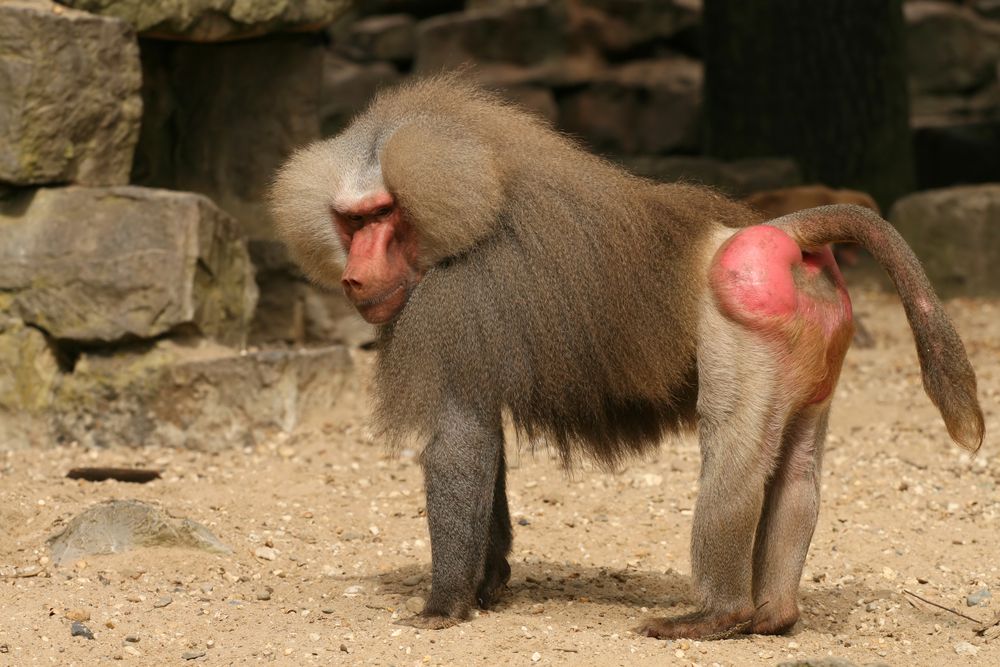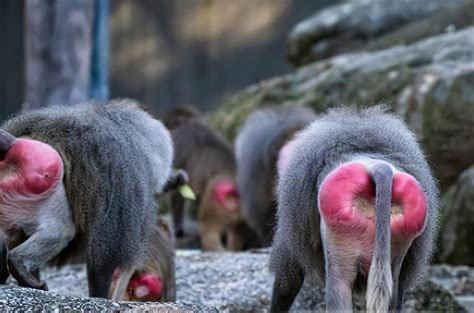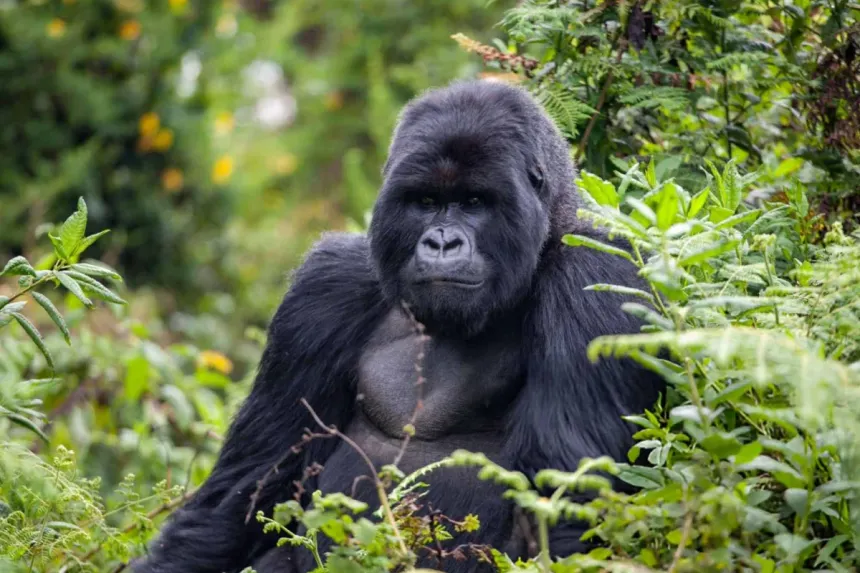Monkeys Red Bottom

🐒 Monkeys with Red Bottoms: What’s the Deal?
If you’ve ever visited a zoo or watched a nature documentary, you may have noticed that some monkeys—particularly baboons—have bright red bottoms. While it might seem strange or even comical, this unique feature actually serves important biological and social purposes. Let’s explore the fascinating reasons behind this eye-catching trait.
🔴 Why Do Some Monkeys Have Red Bottoms?
The bright red bottom, especially seen in female baboons and some other primates, is not just a random color choice by nature. It is closely tied to reproduction and communication.
1. A Sign of Fertility
In species like the olive baboon and chacma baboon, the red swelling of a female’s bottom indicates that she is in estrus—the period when she is fertile and ready to mate. The swelling is caused by increased blood flow and hormonal changes, which enlarge the tissue and give it a reddish-pink hue.
This visual cue is a way to attract males, signaling that she is at the peak of her reproductive cycle. Males often become more interested in females during this time and compete for mating opportunities.
2. Sexual Selection
The redder and more swollen the bottom, the more likely it is to catch a dominant male’s attention. Over generations, sexual selection has reinforced this trait. In simple terms, the red bottom became a way to boost a female’s chances of reproducing with strong, dominant partners.
3. Social Communication
Apart from mating signals, the red bottom also serves as a social signal. In the tightly knit troops of baboons, visual communication plays a major role in maintaining group harmony. The bottom is an area often exposed during walking or sitting, making it an ideal spot for signaling mood, health, or social status.

🧬 Do All Monkeys Have Red Bottoms?
No, not all monkeys have red or swollen bottoms. This trait is mostly found in Old World monkeys, especially baboons and some macaques. New World monkeys (like capuchins or howler monkeys) do not exhibit this feature.
Other primates like mandrills and geladas may have bright colors on their rumps or chests, but the reason is similar: it relates to mating, status, and communication.
🚼 What About Males?
Male baboons and macaques do not experience the same kind of swelling, but they may also show red coloration on their rear ends or genital areas. In some species, males use posture and visual cues—like flashing their bright rear—to assert dominance or ward off rivals.
🧠 Fun Fact: More Than Just Looks
While the red bottom is largely about reproduction, it’s also connected to overall health. A female with a healthy, well-fed body will produce a brighter, fuller swelling—subtly signaling her fitness to potential mates.
🐾 In Conclusion
The “monkey with the red bottom” might seem funny at first glance, but it’s actually a brilliant example of evolution in action. These colorful cues help primates communicate complex messages—about fertility, health, and social standing—without ever making a sound. So, next time you see a baboon’s bright behind, remember: it’s nature’s version of a flashy billboard advertising reproduction, status, and survival.




